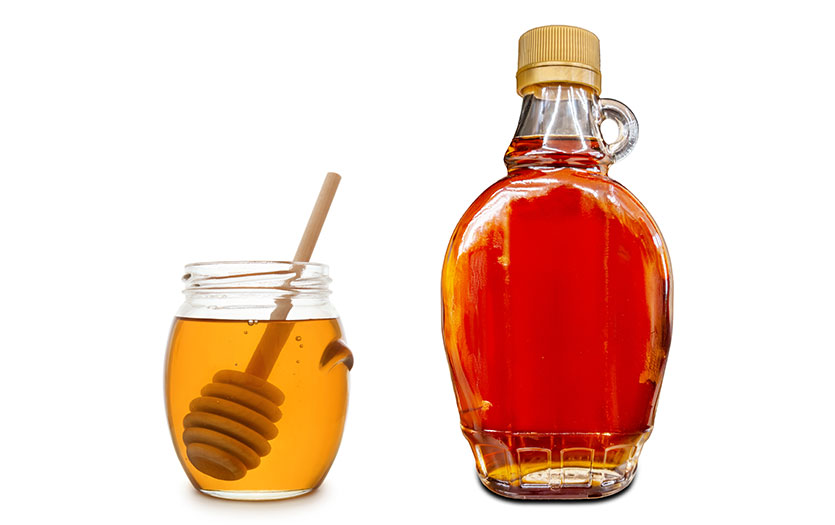
This post was written by Rachel Stohlman, RDN, LD, Parkview Greenhouse & Learning Kitchen.
Fruits and vegetables provide us with essential vitamins, minerals, phytonutrients, fiber and even water. Whether you purchase your produce from a grocery store or at one of the 200+ farmer’s markets in Indiana, here are several things to consider when selecting produce to fill up your plate and nourish your body.
To choose the highest quality produce:
- Avoid bruising or damage. The first thing you want to take into consideration is whether the produce is bruised or has damaged skin. Bruising can cause molding to occur as the fruit or vegetable starts to break down, making it more likely to go bad quickly. If you find bruising on produce that you’ve already purchased, remove the bruised or damaged part and make sure to eat or use that item first as it probably has a shorter shelf-life.
- Use your senses. Another key to picking quality fruits and vegetables is to use your senses. You can use your sense of sight to check for damage, shininess of skin and the color of the produce to help you determine ripeness. You can use your sense of smell to see if the produce is fragrant, which can sometimes indicate how flavorful it will be. And you can use your sense of touch to determine if the produce is firm or has soft spots, which should be avoided.
- Shop in-season. Choosing in-season produce not only helps you provide variety in your diet throughout the year but also ensures your produce will be the freshest, with better flavor and quality. When you purchase items that are not in-season, it means they were grown further away, even in another country, and are typically not as fresh or flavorful.
Shop local
When you’re shopping for produce, keep in mind that there are many opportunities for you to purchase locally. During the summer months, a large variety of fruits and vegetables can be found right here in Indiana as we are in our growing season. According to the Indiana Department of Agricultures, Indiana farmers grow more than 30 types of fruits and vegetables a year. In fact, Indiana is ranked 3rd in the country for production of tomatoes, 4th for pumpkins and 5th for watermelon!
When you purchase locally grown produce, not only are you supporting our local economy instead of putting your money into non-local supermarket corporations, but you’re also able to see where your food is coming from. Being more aware of the growing practices of your produce as well as who is growing your food is a great way to know you are choosing fresh, healthy produce. If you can, try talking with your local farmers or do some research to get a better understanding of the farm-to-fork process and a greater appreciation for sound growing practices.
Eating your fruits and veggies
Did you know that nine out of ten Americans don’t eat the recommended servings of fruit and vegetables a day? The recommendation for adults is two cups of fruit and three cups of vegetables daily. To help ensure you’re getting a well-rounded diet, try some of these tips:
- Aim to fill half your plate with fruits and vegetables to add a variety of nutrient dense food to your meals.
- Pick frozen or canned fruits and vegetables during out-of-season time to ensure you’re still getting the nutrients you need.
- Always have produce on hand so it’s easy to grab for a meal or snack time.
- Try new kinds of fruits and vegetables to keep things exciting and interesting.
- Make it fun by visiting your local farmer’s markets to hand-select fresh, locally grown fruits and vegetables.



